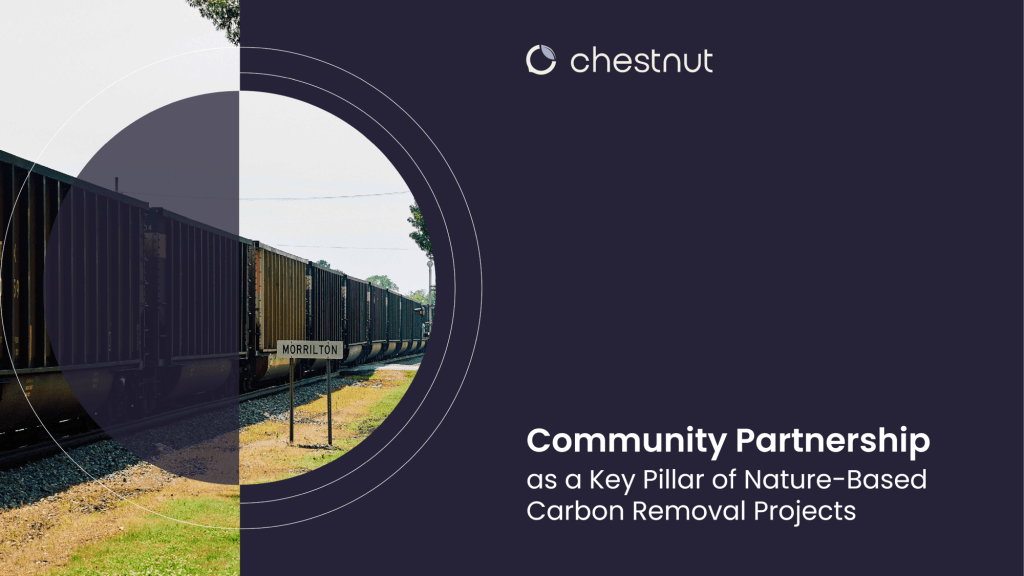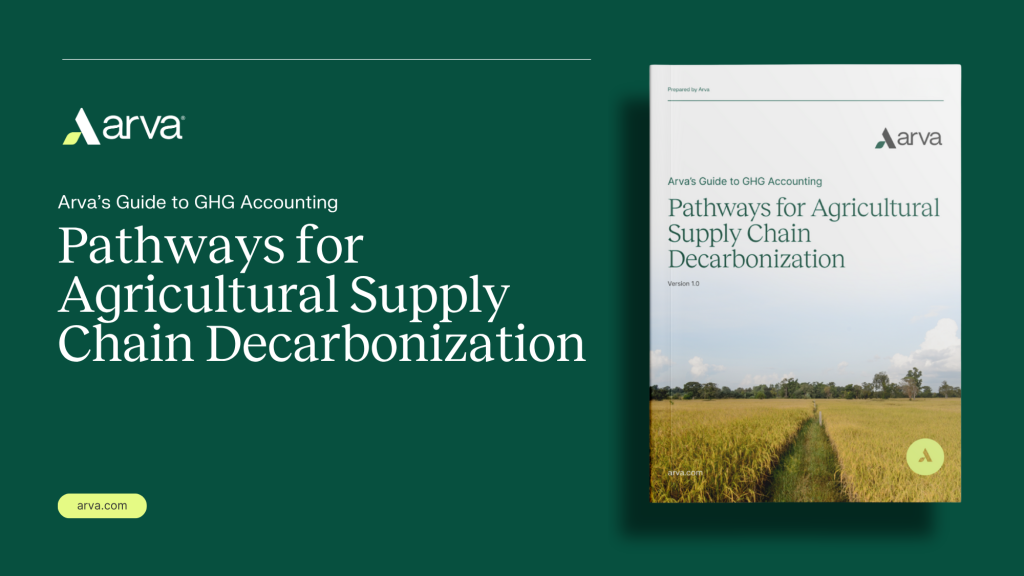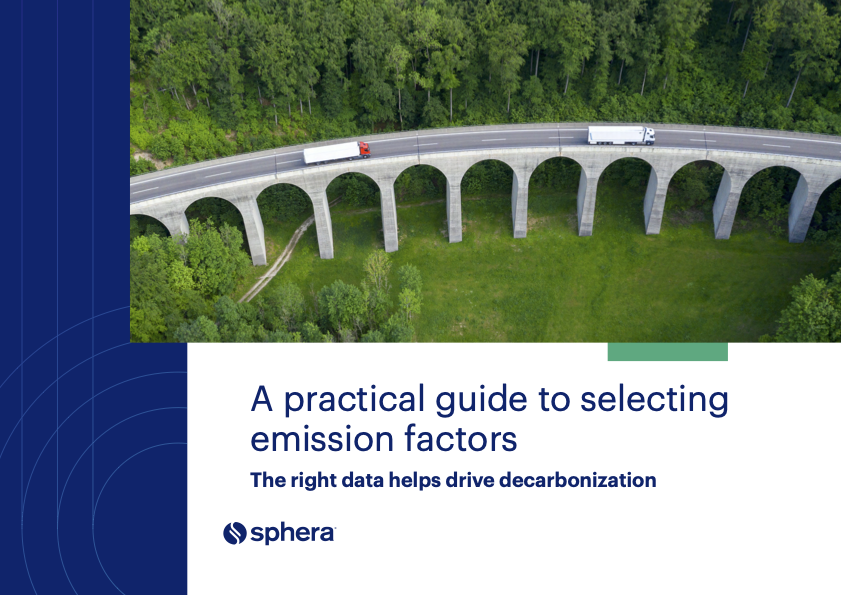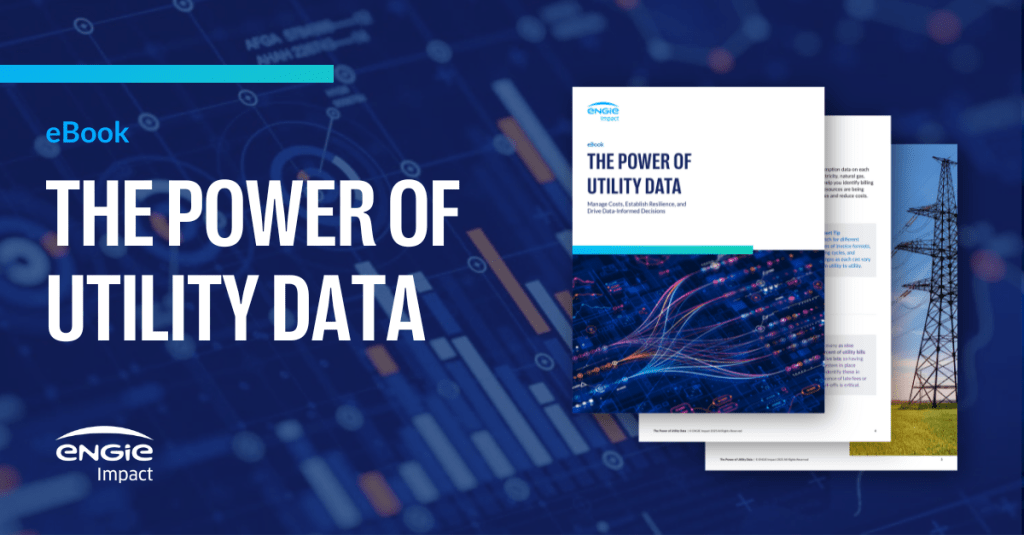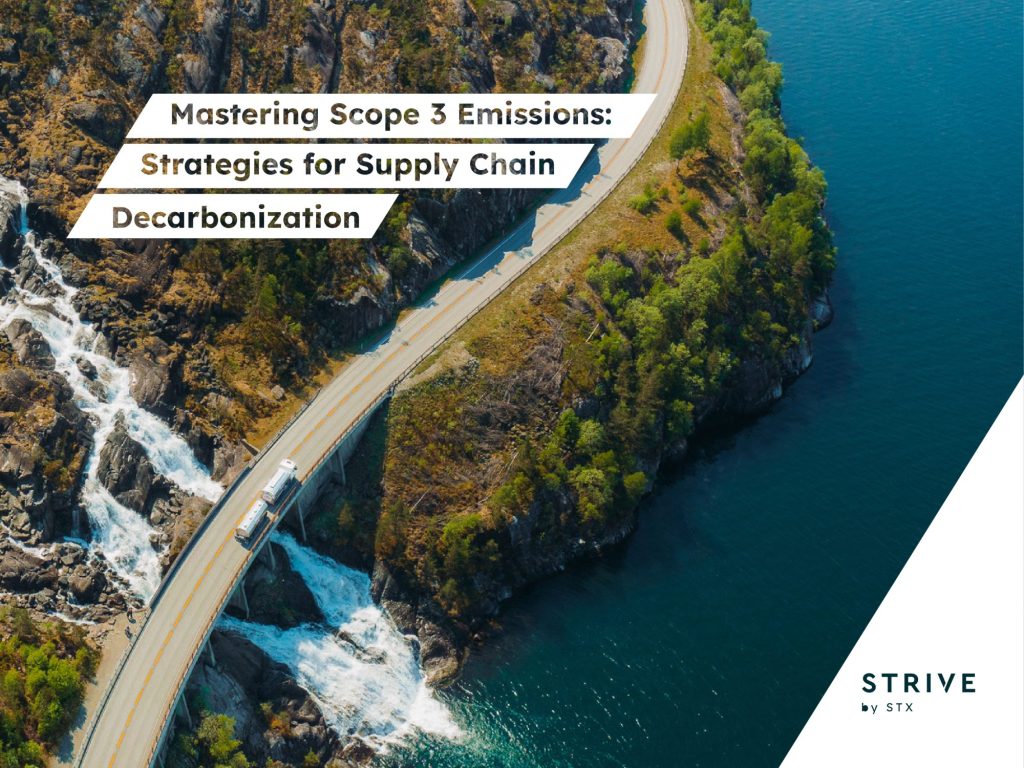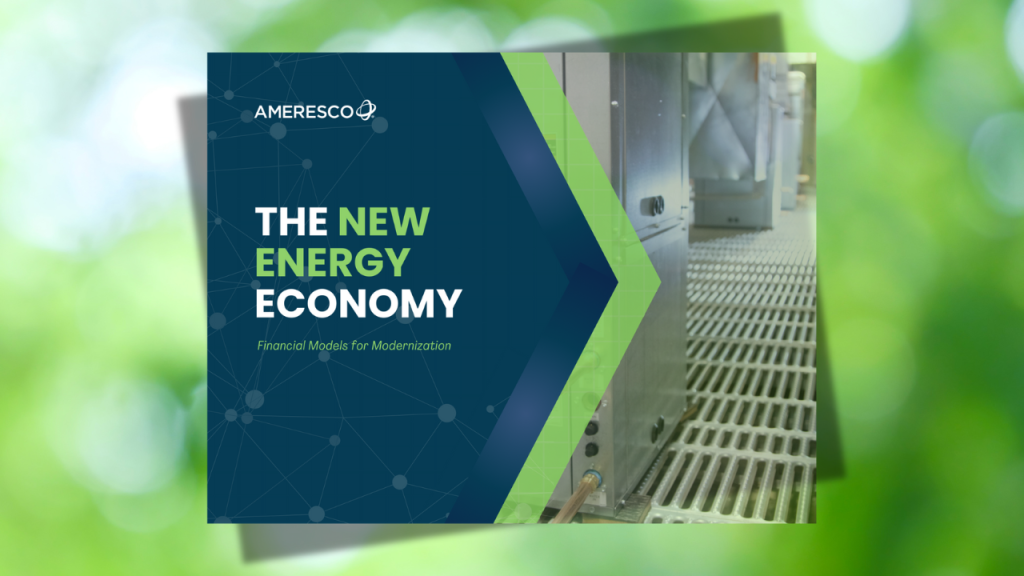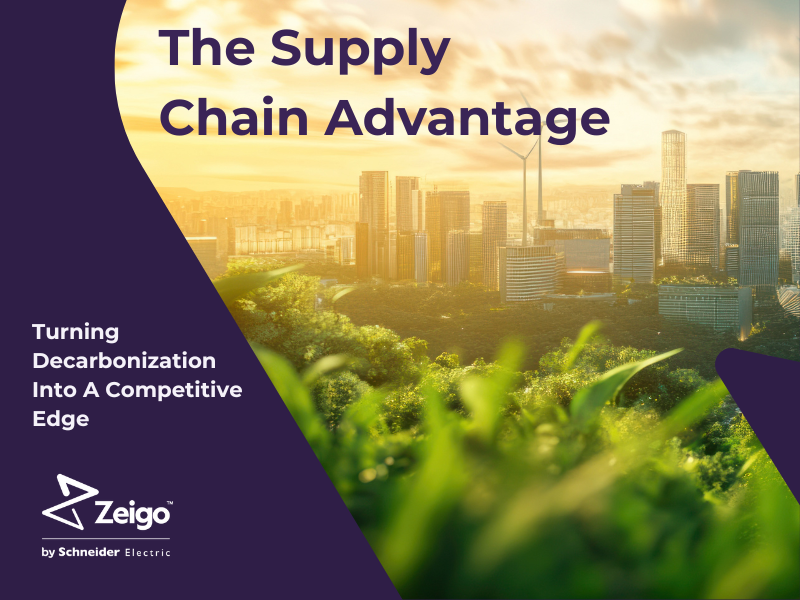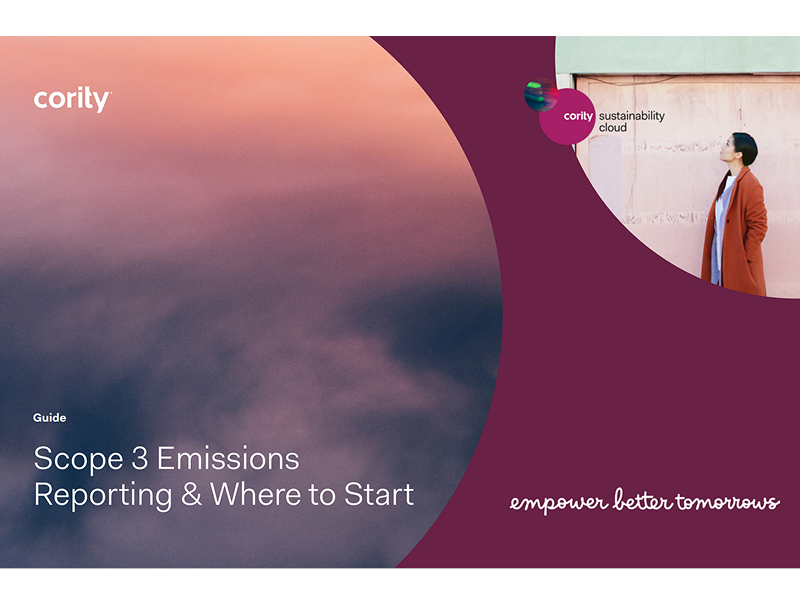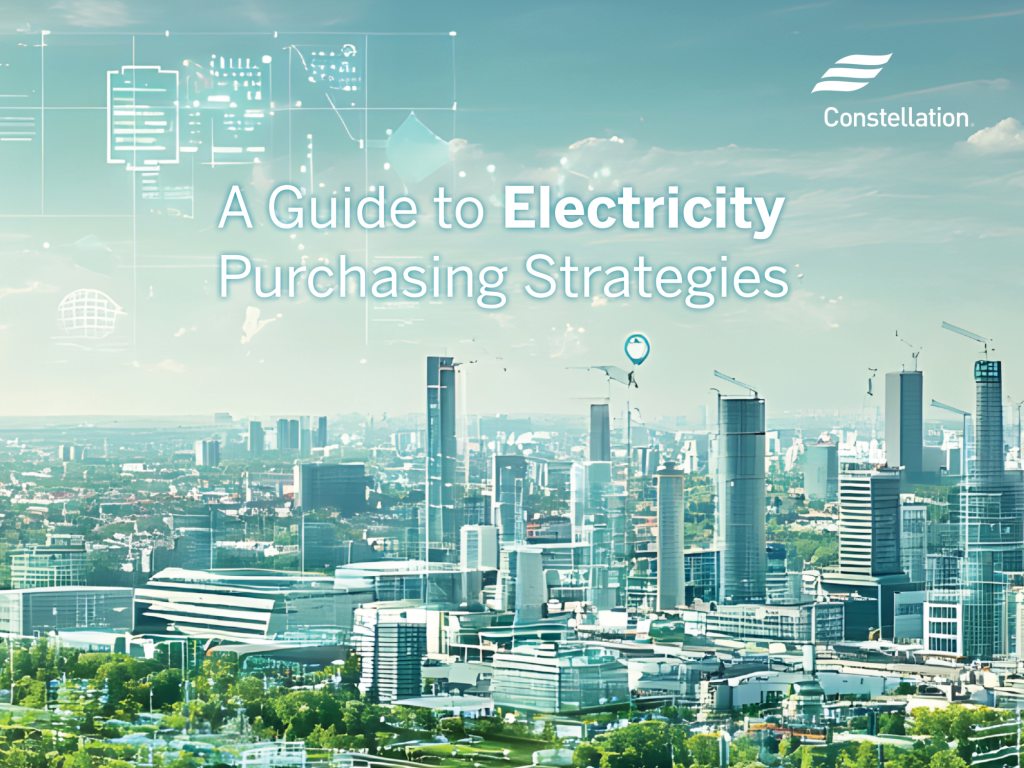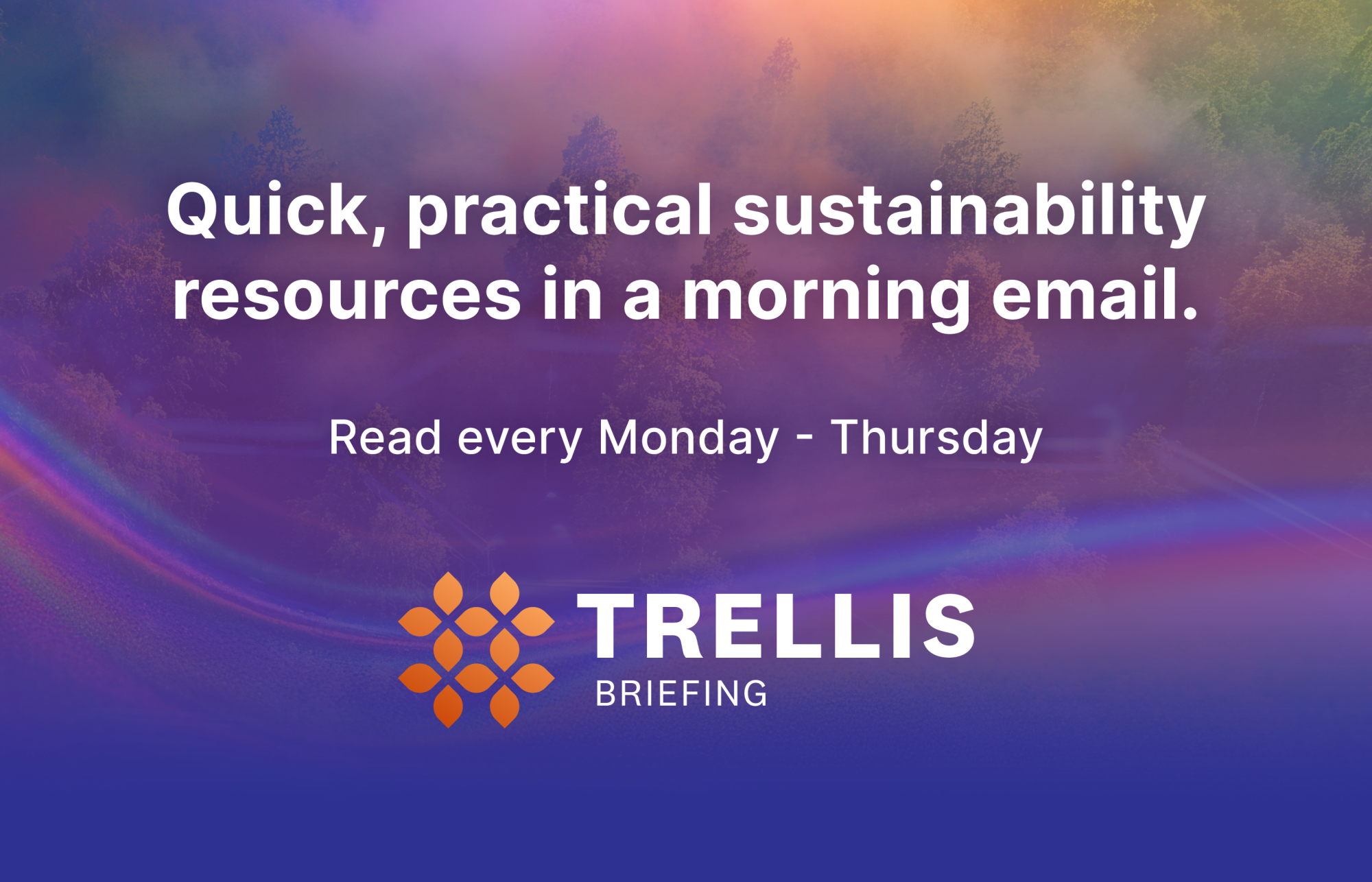Why composting is more accessible than it seems (and getting easier)
Nearly 36 percent of the U.S. population has access to composting programs, up from only 27 percent five years ago. Read More

- Food waste accounts for 58 percent of landfill methane emissions, the greenhouse gas equivalent of 50 million passenger vehicles.
- Composting is a critical tool in the climate change toolbox because it diverts food and other organic waste from landfills.
- New research shows access to composting across the U.S. has increased by 8.9 percentage points, up from 27 percent in 2020 to nearly 36 percent today.
The opinions expressed here by Trellis expert contributors are their own, not those of Trellis.
For years, one hurdle to diverting food waste from landfills has been limited collection of this material across the U.S. But new research shows that access to composting in cities across the country has increased by 8.9 percentage points, up from 27 percent in 2020 to nearly 36 percent today.
Composting is a critical tool in the climate change toolbox. It diverts food and other organic waste from landfills, where food waste accounts for 58 percent of landfill methane emissions, the greenhouse gas equivalent of 50 million passenger vehicles. Plus, the finished compost is incredibly effective at enriching soil and promoting carbon sequestration. Since as much as a third of what we send to landfills is food, sending this material to another home is a key sustainability strategy.
First, though, we need better data. Knowing where people have access to composting programs — and what they’re allowed to put in the bin — is essential for driving food waste diversion efforts and understanding whether compostable packaging can be a viable option across the country.
The different types of composting access
Knowing where residents can compost is important, but we also need to know how the program is structured. Residential access to composting collection can be through:
- Municipally run curbside programs, administered by a resident’s city or county. These are generally considered to be easier to use, as residents typically already access other waste services through their municipalities.
- Privately run curbside programs, managed by private composting companies that pick up material from residents and take it to a nearby composter or their own composting sites. These programs are often structured as a monthly subscription service (typically in the range of $30/month), and see use from motivated residents.
- Drop-off programs, which can be managed by the municipality or private companies, often offer multiple drop-off locations, and are typically free but in some cases may include a fee.
An evolution over the past five years
Five years ago, the environmental nonprofit GreenBlue developed interactive maps and charts of municipally run and privately run composting programs, available on Tableau Public. The study looked at data on program availability and material acceptance in the 1,000 most populous U.S. cities, whose combined population represented approximately 40 percent of the total U.S. population. Cities are key to the composting puzzle. They’re densely populated, they typically offer curbside waste and recycling programs, and some have goals around zero waste or packaging circularity.
Fast forward to this year and we have an updated dataset to understand the state of composting access today. Expanding the dataset to the 6,233 largest U.S. cities, representing more than 60 percent of the nation’s population, we learned that:
- Today, 17.8 percent of the measured U.S. population has access to curbside or drop-off programs that accept food waste only (no compostable packaging accepted), up from 16 percent in 2020.
- 18.1 percent of the measured U.S. population has access to curbside or drop-off programs that accept some form of compostable packaging in addition to food waste, up from 11 percent in 2020.
- In total, nearly 36 percent of the U.S. population has access to some kind of curbside or drop-off composting program that accepts either food waste only, or food waste and some forms of compostable packaging. This was 27 percent in 2020, resulting in an 8.9 percentage point increase.
What this means for food waste and compostable packaging
Clearly, there’s more work to be done. Access to composting programs is not widespread, and if we want to reduce greenhouse gas emissions by diverting food and other organic waste from landfills, more cities and private haulers will need to start offering these services. Cities will also need to see support, advocacy and demand from companies — organizations can advocate for expanded infrastructure through the US Composting Council and Biodegradable Products Institute, and make sure that their own corporate operations and headquarters are signed up for food waste collection.
At the same time, we can take a moment to celebrate. Composting access is growing, and it’s a more-than-legitimate, not-so-hippie waste management strategy that’s quietly building local soils and economies. As companies lean into composting advocacy, we’ll see big payoffs for the climate, for waste reduction and for local landscapes.

Subscribe to Trellis Briefing
Featured Reports

The Premier Event for Sustainable Business Leaders


